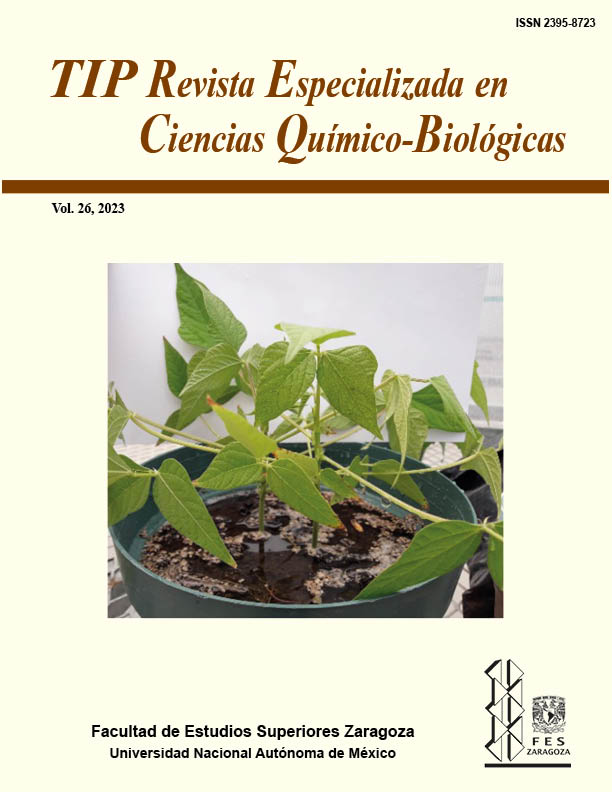Abstract
Aflatoxins (AFs) are natural contaminants of agricultural products and other food, produced by the filamentous fungi Aspergillus flavus and A. parasiticus. Warm and humid environmental conditions favor its development and production. The AFs get inside the organism throughout the intake of contaminated food or indirectly throughout the consumption of products as milk, meat and eggs, among others, derived from animals exposed to diets with AFs. They are stable at temperatures above 100°C, with less or null decomposition during pasteurization, roasting and baking processes. They have an important carcinogenic, mutagenic and teratogenic potential, having an impact on human and animal health and are consider as toxic and lethal. Aflatoxins are classified as AFB1, AFB2, AFG1 and AFG2. Once ingested, their metabolism in the liver causes the highly reactive metabolite AFB1-exo-8, 9 epoxide (AFBO), responsible for acute or chronic toxicity inside the organism, and two hydroxylated metabolites AFM1 and AFM2, which are eliminated throughout human and animal milk. AFs mainly cause liver damage and tumor induction. This article addresses the matter of AFs from its chemical composition, classification, mechanism of toxicity, contaminated food and damage to human and animal health, highlighting the need to establish standardized regulations among countries that contribute to guarantee the cultivation, import and export of food products and grains free of AFs, safe for human and animal consumption.
TIP Magazine Specialized in Chemical-Biological Sciences, distributed under Creative Commons License: Attribution + Noncommercial + NoDerivatives 4.0 International.



